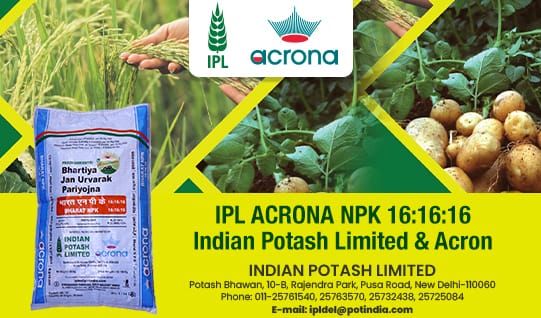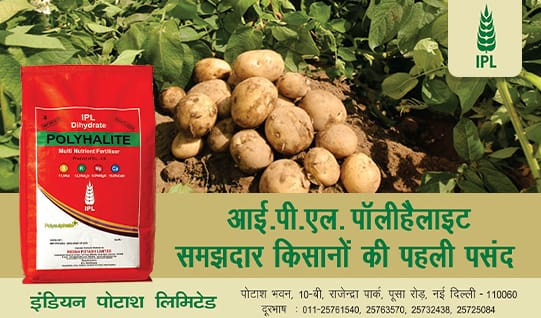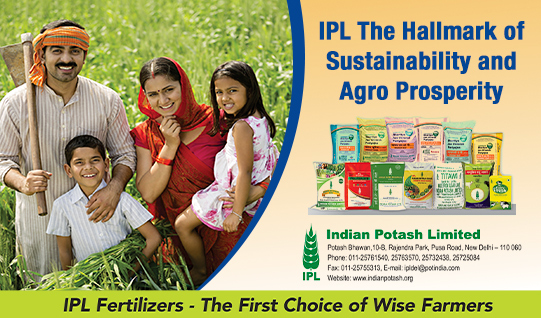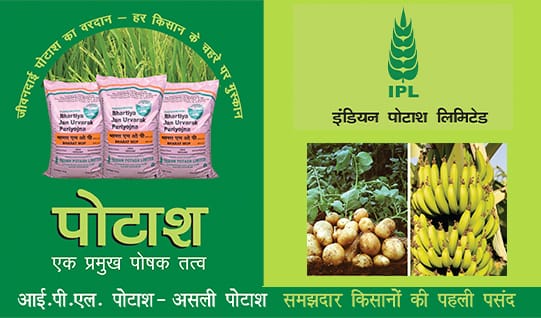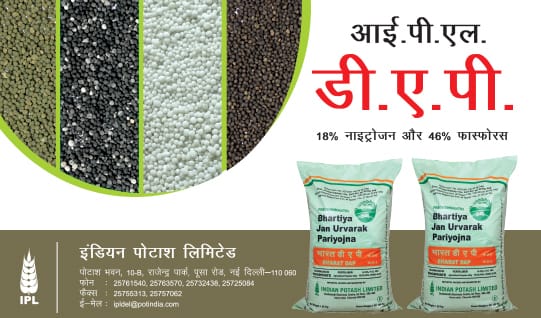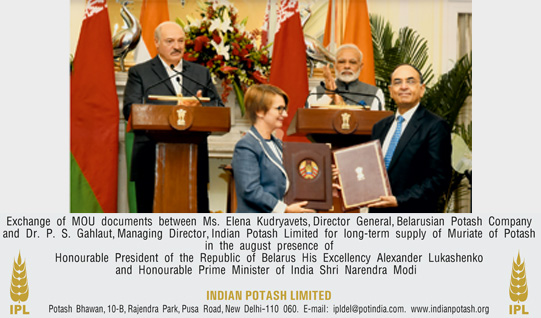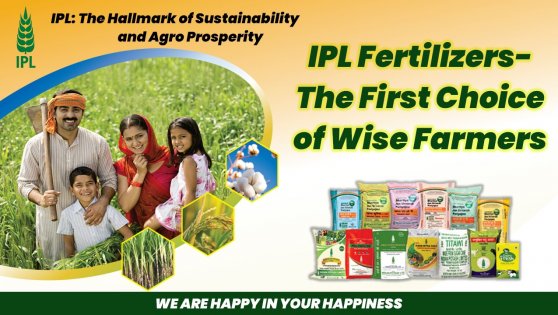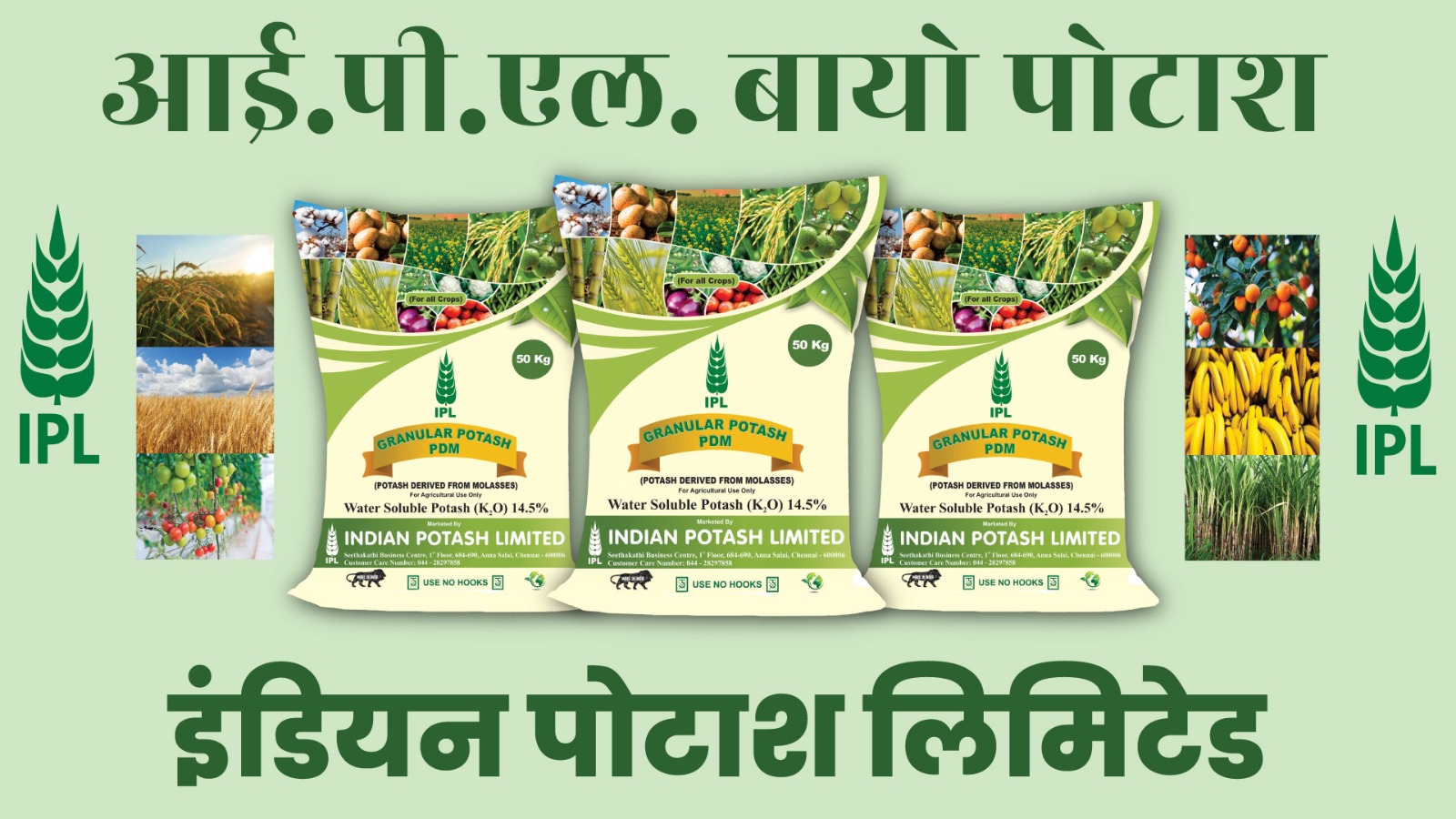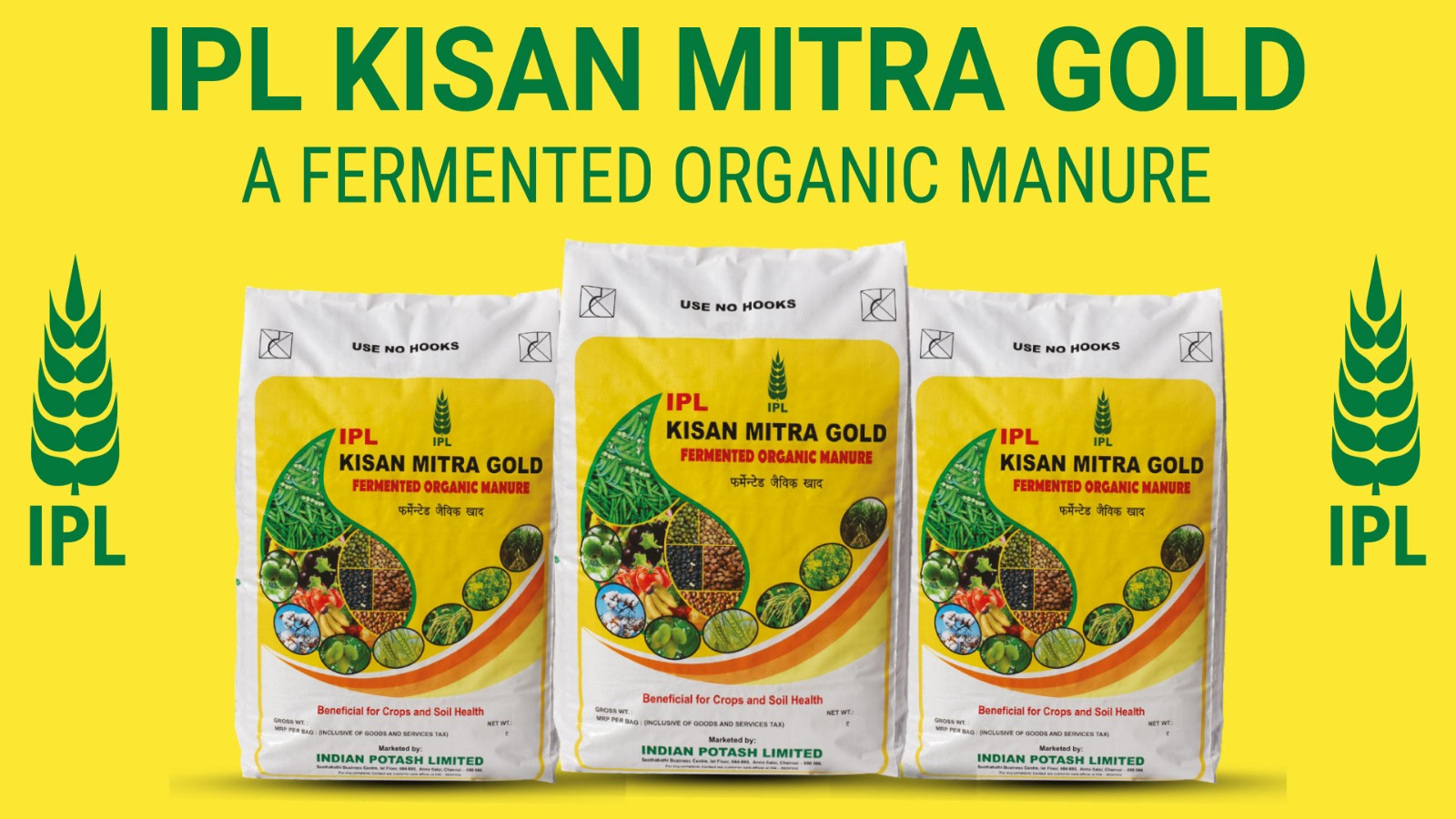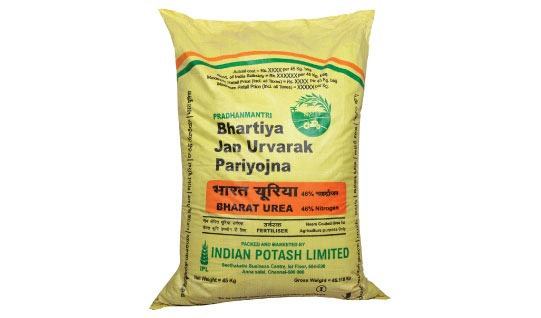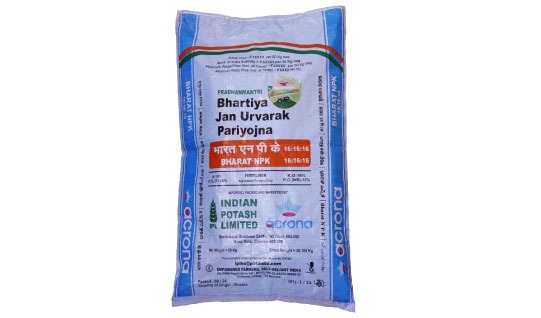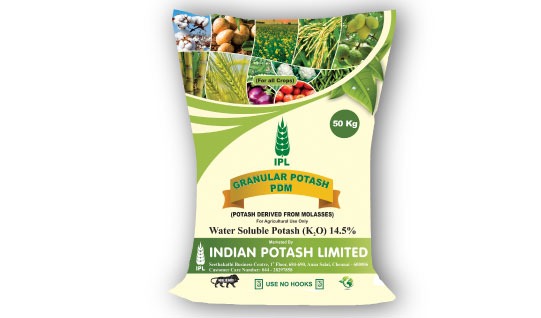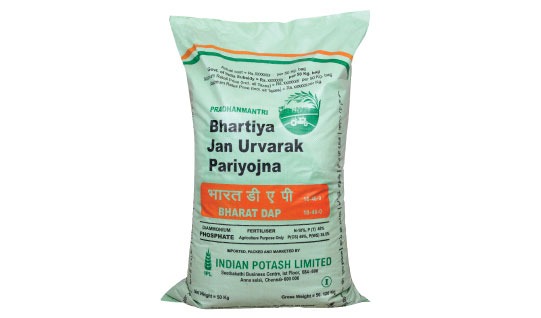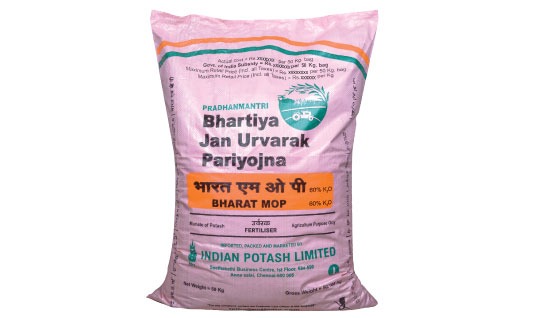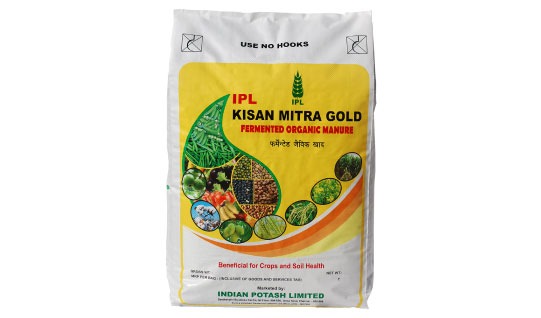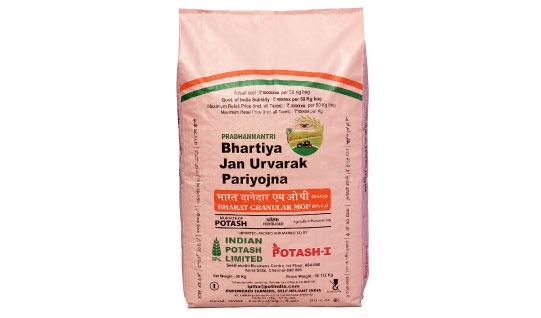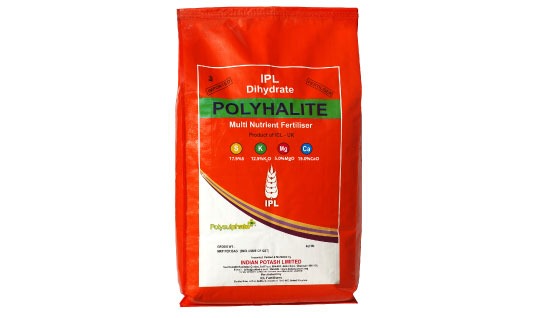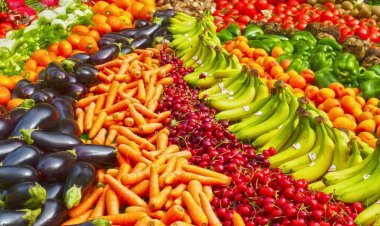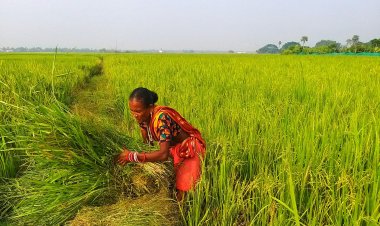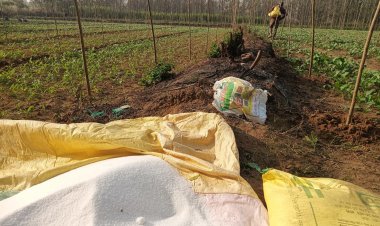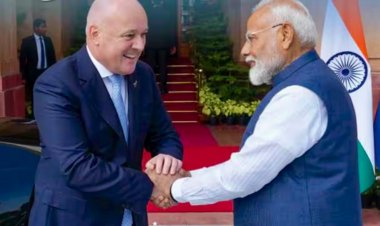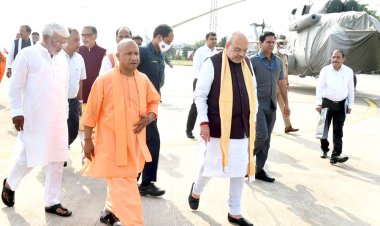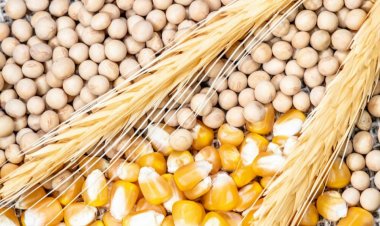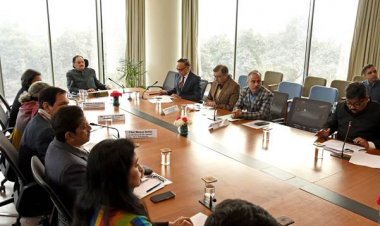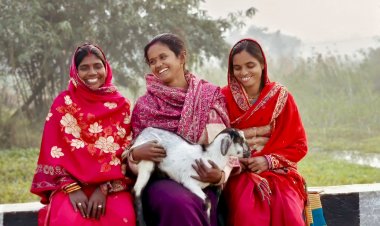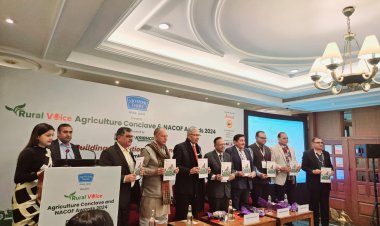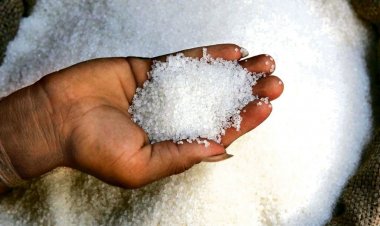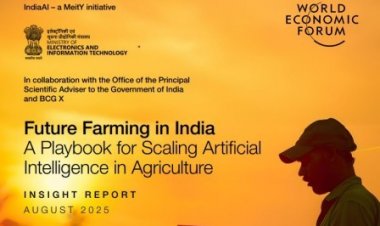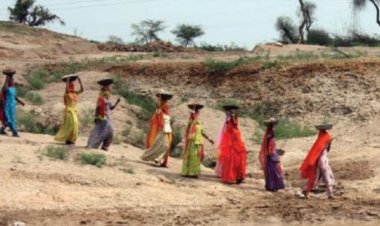Fast-Tracking India’s Agri Exports
With manufacturing becoming capital-intensive and services no longer generating enough jobs, agriculture is expected to drive India’s economic growth. This issue of Rural World focuses on boosting India’s agricultural exports, which stood at $51 billion in 2024-25, with an ambitious goal of reaching $100 billion by 2030. It explores export opportunities, challenges like quality and infrastructure, and the impact of global trade dynamics. Experts and policymakers offer insights on strategies to expand and diversify India’s agri-export basket
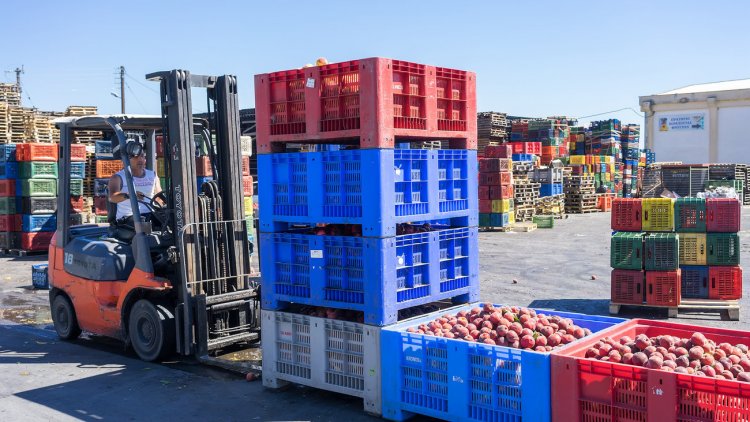
With the services sector growth peaking and not generating jobs like it was during the 1990s, 2000s and 2010s and manufacturing processes becoming increasingly capital-intensive, labour-displacing and automated, there is wide consensus today that it is agriculture which will have an increasing role to play in the Indian economy. The agriculture sector not only has to produce more output, but also generate more value addition and jobs both in and outside the farms.
But all this can happen only when Indian farmers have markets for their produce that will fetch better value and price realisation. They need markets not only within but also outside the country. The focus of this issue of Rural World is on agriculture exports- how to ensure a growing market overseas for the farm produce grown in India. In 2024-25, India's farm exports were valued at about 51 billion dollars. Can we aim at doubling this to 100 billion dollars plus in the next five years, i.e. by 2030?
Progress is being made in this direction, for example, in 2024-25, the export of Basmati and non-Basmati rice has exceeded Rs 1 lakh crore, the export of marine products has reached Rs 60 thousand crore, the export of fruits and vegetables, dairy and processed food products is increasing and the export of organic products has increased by 35 percent. If we continue this momentum and increase investment in infrastructure along with export-focused policy decisions, rules and necessary incentives, the target of $100 billion agricultural exports is achievable.
While the ambitious target of $100 billion in agricultural exports is undoubtedly a challenging goal, it is achievable if the government demonstrates genuine commitment to enhancing farmers' incomes through strategic policy decisions and investment.
The global trade landscape, however, is evolving rapidly. The U.S. President Donald Trump’s push for reciprocal tariffs disrupted the global trade order and cast uncertainty over the WTO. In response, regional and bilateral FTAs are emerging at a fast pace. While these agreements offer both opportunities and challenges, we must recognise this new reality and build our strategy accordingly.
Agricultural exports begin with production. India has a wide range of export-ready commodities. However, most of our exports are still in the form of raw commodities, making them vulnerable to global price fluctuations. Domestically, price concerns often compel the government to make policy decisions that may hinder exports. Quality remains a major challenge. To thrive in both international and domestic markets, we must prioritise health-centric, high-quality production. Sanitary and phytosanitary standards are critical; unfortunately, they often serve as non-tariff barriers imposed by other countries, restricting our exports.
Currently, about half a dozen products dominate India's agricultural export portfolio. We urgently need to diversify this export basket and explore new markets beyond the traditional ones. Encouragingly, export growth is now being seen in several African and Asian countries. Significant investment is needed in export infrastructure, especially since a large portion of our exports consist of perishable goods. These require specialised packaging, storage, and transportation. Cold storage infrastructure at ports and airports is essential to support these exports.
The cover story in this issue of Rural World provides in-depth coverage of these challenges and opportunities, featuring insightful articles by globally recognised experts in trade and economics. Contributors include Prof. Rakesh Mohan Joshi, Vice Chancellor of the Indian Institute of Foreign Trade; Prof. Biswajit Dhar, Distinguished Professor at the Council for Social Development; Unupom Kaushik, Managing Director of National Cooperative Exports Limited; and Siraj A. Choudhry, Partner at Agvaya LLP. The issue also features an exclusive interview with Abhishek Dev, Chairman of APEDA. In addition, we bring you an exclusive conversation with Dr. Mangi Lal Jat, who took over in April 2025 as the Director General of the ICAR and Secretary of the Department of Agricultural Research and Education (DARE).
We hope that this issue of Rural World in your hands will be seen as our sincere contribution to the advancement of agriculture and allied sectors.
(The article was first published in the May-July 2025 issue of Rural World magazine as Editorial)



 Join the RuralVoice whatsapp group
Join the RuralVoice whatsapp group